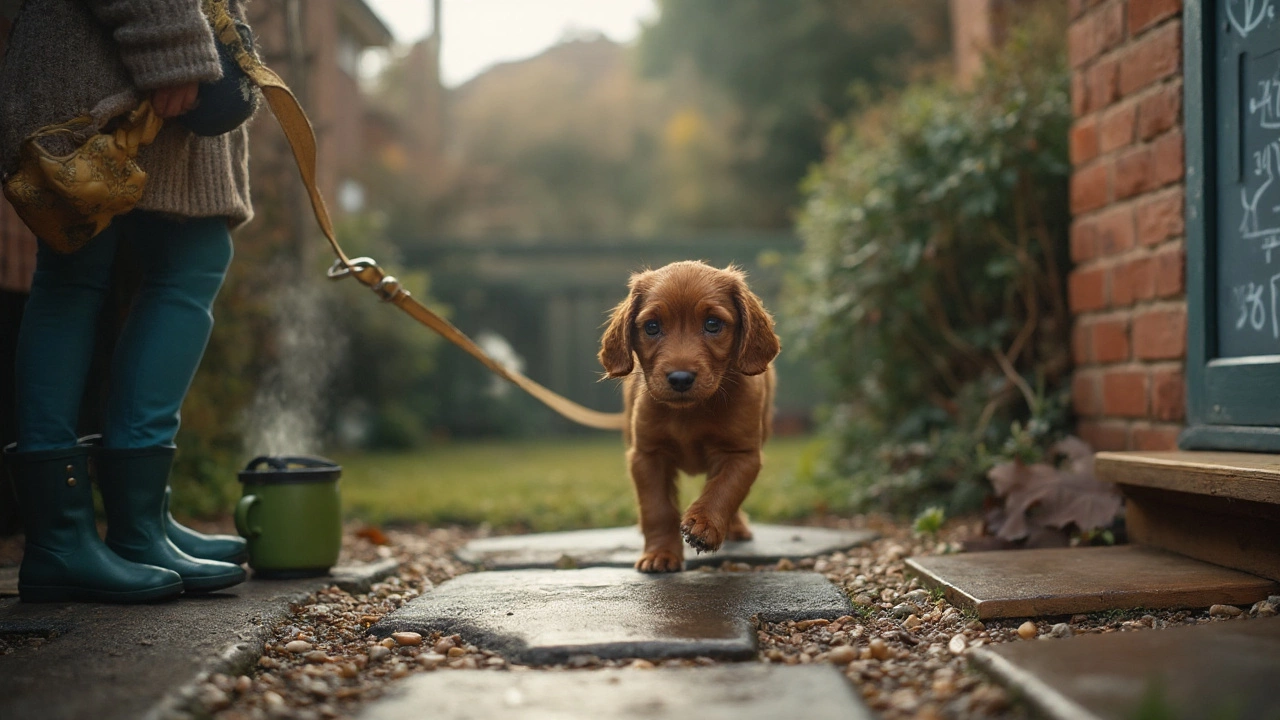Crate Training Schedule: Your Easy Guide to a Calm Pup
If you’ve just brought a puppy home, the crate can feel like a scary box. The good news? With a clear schedule you can turn it into a comfy safe‑space. Below is a step‑by‑step plan that fits most owners’ day and helps your puppy learn the crate without tears.
Day‑by‑Day Crate Plan
Day 1 – Introduction. Place the crate in a quiet part of the house, leave the door open, and toss a few favorite toys inside. Let the puppy wander in and out while you’re nearby. No food or treats yet – just let them sniff and settle.
Day 2 – Short Meals Inside. Start feeding the morning and evening meals inside the crate. Open the door, let them eat, then close it as soon as the bowl is empty. This links the crate with something positive.
Day 3 – Brief Lock‑Ins. After a meal, close the door for 5‑10 minutes while you’re still in the room. Stay calm, read a book or work nearby. If they whine, wait a few seconds before opening – they learn that quiet means freedom.
Day 4 – Extend the Time. Increase the lock‑in to 15‑20 minutes. Start moving to another room for short periods. If your puppy starts barking, ignore it for the first minute, then open the door. This teaches that noise doesn’t get attention.
Day 5 – Nighttime Routine. Put the crate in the bedroom or a nearby hallway. Let the puppy out for a bathroom break, then settle them in for the night. Keep a night‑light on if they seem nervous.
Week 2 – Real‑World Practice. Use the crate for short trips to the garden, vet visits, or when guests arrive. Keep sessions under an hour initially and reward calm behavior with a treat right after exiting.
Throughout the schedule, keep the crate comfortable: a soft blanket, a chew toy, and a water bowl if the puppy will be inside for more than an hour. Never use the crate as punishment – it should always feel safe.
Common Mistakes & How to Fix Them
Too much time too soon. If you lock the puppy in for long periods before they’re ready, they’ll associate the crate with fear. Backtrack a day, shorten the sessions, and build up slowly.
Using the crate for discipline. Never put a puppy in the crate after a mistake. This creates a negative link and makes them resist going in. Keep training separate from discipline.
Skipping bathroom breaks. Puppies can’t hold their bladder for long. A general rule is one hour per month of age, up to a maximum of four hours. Set a timer and take them out before the crate time ends.
Choosing the wrong size. A crate that’s too big lets the puppy use one corner as a bathroom. A crate that’s too small restricts movement and causes stress. Aim for a size where they can stand, turn, and lie down comfortably.
Finally, stay consistent. The same schedule every day helps the puppy know what to expect, and consistency builds trust. Within a few weeks most puppies will go into the crate on their own, settle down, and sleep through the night.
Crate training doesn’t have to be a battle. Follow this simple schedule, avoid common traps, and watch your puppy grow into a calm, confident member of the family.
Posted By Bryndle Redding On 7 Sep 2025 Comments (0)
How Long Does It Take to Potty Train a Puppy? Real Timeline, Schedules, and Fixes
Real potty training timelines: what to expect by age, daily schedules, setbacks, and fixes. Clear steps, checklists, and FAQs for new puppy parents.
READ MORE